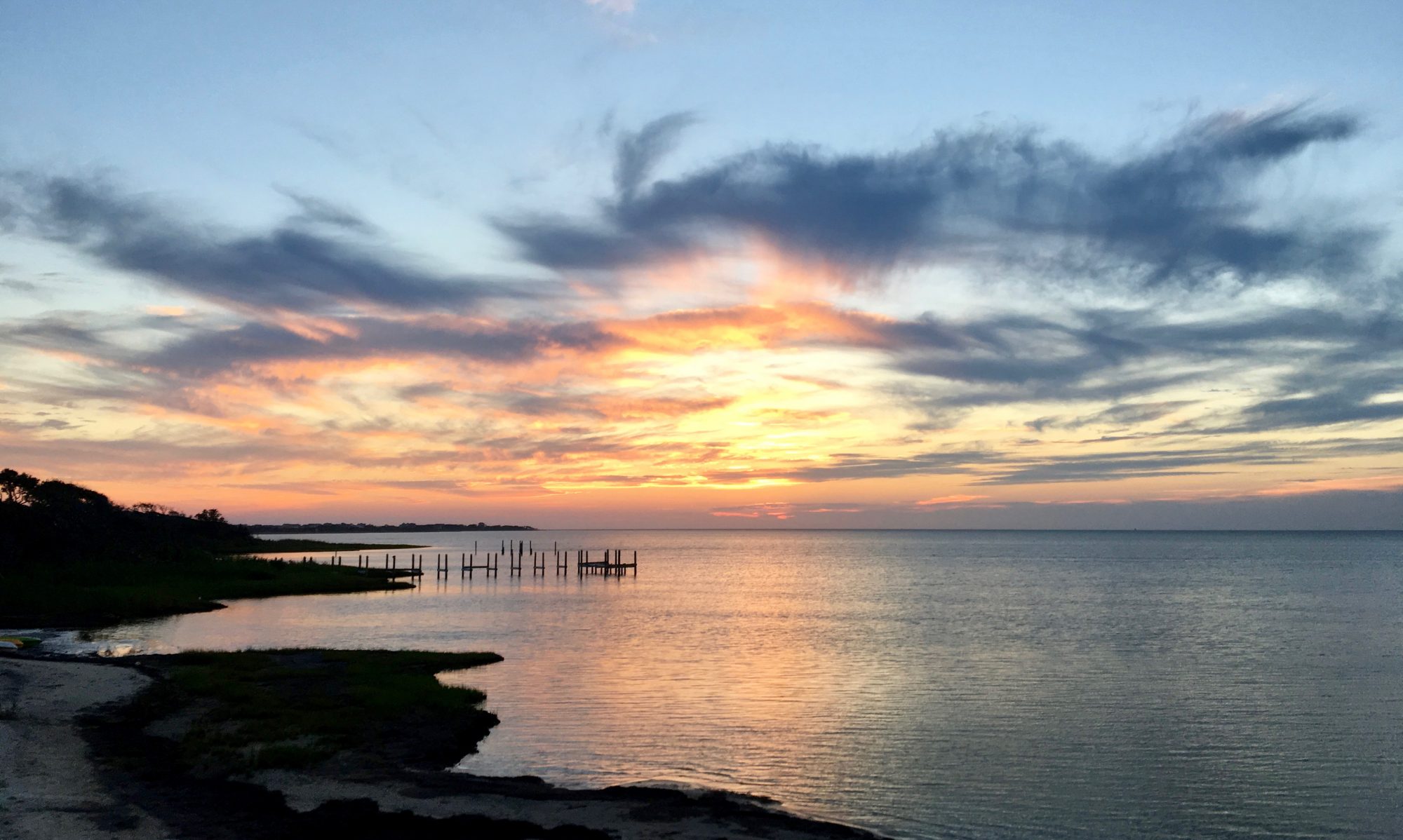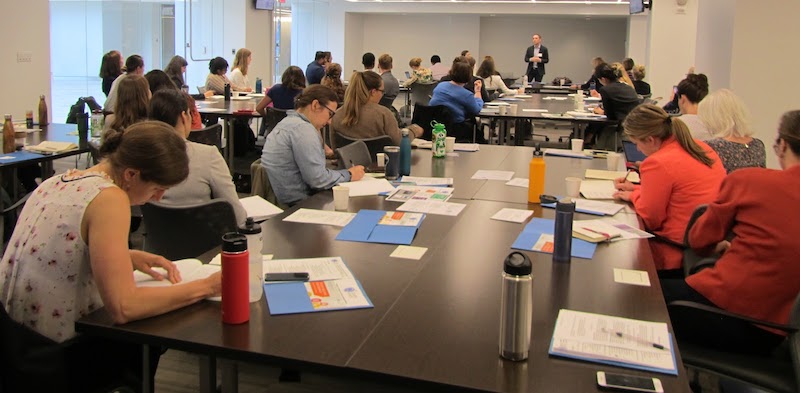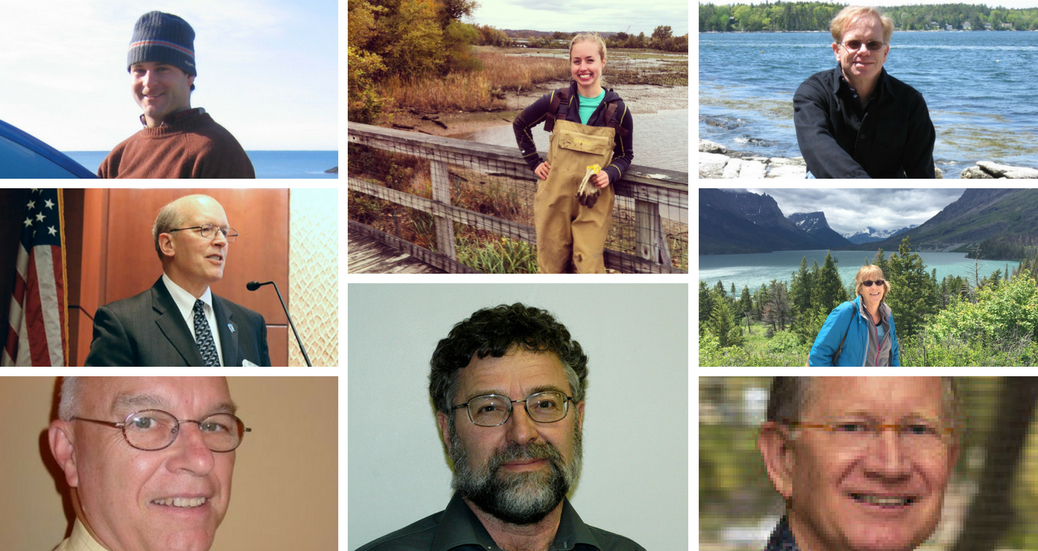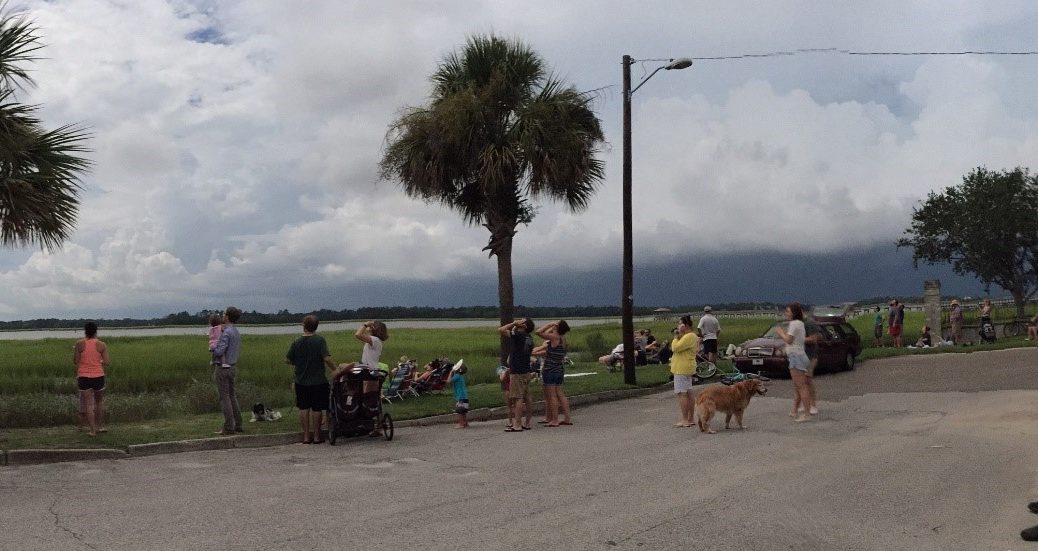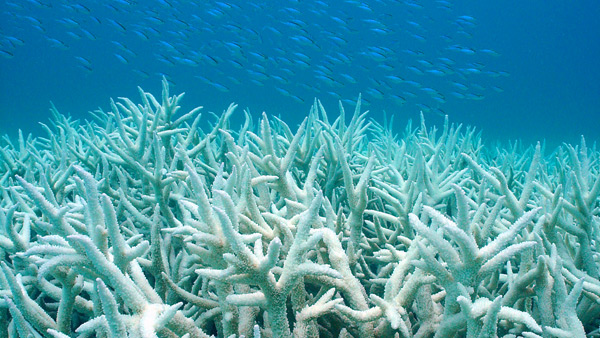By: Tom Bigford, Tricia Hooper, Kim Grubert, Steve MacLeod
Connecting the Next Generation of Coastal Professionals
Entering or advancing in the field of coastal science and management can be overwhelming. To go to grad school, or not? Should you pursue a research-based or policy-oriented career path? Where are the best places to network? How do you know your resumé is really putting your best foot forward? With all of these questions, The Coastal Society (TCS) recognized a need to provide a forum for up-and-coming students and early-career professionals to get the answers. Enter: the Margaret A. Davidson (MAD) Coastal Career Development Program.
The foundation of the MAD Program is a series of regional workshops designed to help participants build the specialized tools and skills for securing and excelling in a coastal career.
While all MAD workshops are built off the same foundational goal of sharing information, tools, and resources to assist the next generation of coastal professionals in growing their careers, each workshop is slightly different and tailored to the needs of the participants.
Since late 2018, TCS and partners have hosted five workshops across the country, and several more are in the planning process. Since we have received very positive feedback from attendees, we wanted to share some insights into what makes these workshops so great and what participants can expect from attending future events.
December 2018: Long Beach, CA
We were naturally anxious about this first event but all agreed it was a nice debut! We hosted the workshop in coordination with the Restore America’s Estuaries/Coastal States Organization conference. After a week of technical sessions, participants were primed for a career development workshop aimed at helping them to apply new-found connections and information into their own career plans.
The workshop began with a morning of talks about employment trends, regional opportunities, and success stories followed by an afternoon with smaller group discussions focusing on job skills such as interview strategies, communication skills, networking, and publishing your work. Our audience of 19 students and early professionals and 21 speakers and mentors was just right for the setting. It was very refreshing to see the side conversations extending into breaks and through lunch.
Feedback from students and early professionals confirmed that our blend of experts from across the coastal professions provided much-needed guidance and optimism. Some attendees benefited most from insights on coastal jobs. Others preferred small group conversations about career skills. And everyone appreciated the handouts.
For The Coastal Society, the Long Beach workshop provided proof of our concept. We were on our way to identifying topics and skills of most interest to potential attendees. We confirmed that these workshops need to be regional, near prospective registrants. We learned the value of solid sponsors to offset the costs of a full-day event. And, perhaps most importantly, we were reminded of how valuable it is to have a solid planning team to handle the details. Long Beach was a very nice first step.
January 2019: Washington, D.C.
We built off the momentum of a successful first event and kicked off January 2019 with the next MAD workshop in Washington DC. Held in conjunction with the National Council for Science and the Environment (NCSE), we had over 40 participants in attendance. We were pleasantly surprised to have a wide range of participants in the room, including many from organizations not typically associated with the coastal field, such as the local Washington DC government. Despite the unforeseen difficulty of a federal government shutdown, the entire team stepped up to the challenge and we had a fantastic, robust agenda of speakers from the Coastal States Organization, Alice Ferguson Foundation, National Aquarium, American Geophysical Union, Maryland Department of Natural Resources, Rare, US Naval Facilities Engineering Command, Ocean Conservancy, Chesapeake Conservancy, and Restore America’s Estuaries.
After listening to feedback from the December event, we honed the agenda to provide even more opportunities for early career professionals and students to make critical connections and expand the tools in their career toolbox. Afternoon skill building sessions focused on a range of topics, including resume writing, practicing interview skills, crafting your elevator speech, establishing a mentor relationship, and making the most of professional networks in DC.
A continued theme across the MAD professional development program is the importance of partnerships in convening successful workshops. This event would not have been possible without the outstanding in-kind support from the Women’s Aquatic Network, and generous financial support from Ocean Conservancy.
April 2019: Woodbridge, VA
The Coastal Society traveled to George Mason University’s Potomac Science Center in Woodbridge, Virginia, for its third MAD Coastal Career Program workshop on April 4, 2019. This event mirrored earlier workshops with a morning of career talks from sector leaders, an afternoon focused on the personal skills needed to launch a successful coastal career, and stories of personal success throughout. TCS partnered with the Coastal and Estuarine Research Federation’s Atlantic Estuarine Research Society to design a program relevant to the natural sciences, resource management, and other interdisciplinary fields. The blend worked well, with spirited conversation across an audience of about 45. TCS will be looking for opportunities to partner with CERF regional affiliates on future workshops, and to reach out to other organizations and societies.
Based on feedback from our survey, attendees most appreciated the personal stories about different pathways to a coastal career. Those talks and informal conversations were inspirational and optimistic, two reactions TCS had hoped to generate. Perspectives from the National Aquarium in Baltimore, Dewberry Consultants, Inc., and several government agencies revealed the diversity of career directions in public and private sectors, and made for one of the “best career events” several registrants had ever attended. Attendees also rated a talk on navigating USAJobs for federal positions as a highlight. TCS definitely learned from those comments and other feedback as it plans for 2020 and beyond.
June 2019: Washington, D.C.
With so many TCS members in the Washington DC area, we capitalized on the opportunity to host a second MAD workshop in our nation’s capital, this time in association with Capitol Hill Ocean Week (CHOW). We partnered with the National Marine Sanctuary Foundation to advertise the workshop as part of the CHOW programming. We also partnered with the Duke University Nicholas School of the Environment, who allowed us to host the workshop at the Duke In DC office building just across the street from the CHOW facility. The Ocean Conservancy and the Ocean Foundation sponsored the workshop, enabling us to offer a reduced registration rate for students and young professionals.
Thanks to our partners and sponsors, we were able to bring in a record-breaking 57 people in the room throughout the day, including 36 students and young professionals, 15 speakers, 2 sponsors, and 4 members of the planning team. It was a tremendously successful event!
In order to improve and make these workshops as meaningful to participants as possible, we administer surveys at the end so that participants can provide anonymous feedback on their experience. We received and overwhelming expression of gratitude for the event, as well as a few thoughtful recommendations for how to improve, which we will incorporate into future workshops.
June 2019: Brockport, NY
Recognizing that the Great Lakes are nationally recognized freshwater coastal systems with challenges and opportunities for those pursuing a coastal career path, we coordinated with International Association for Great Lakes Research (IAGLR) conference to host a workshop at SUNY Brockport, just south of Lake Ontario, New York. The format was again a full-day event with morning presentations from representatives in the government, academic, consultant, and NGO sectors, followed by afternoon break-out sessions to focus on career skills.
We had approximately 25 participants and support from multiple sponsors, including the International Joint Commission, the Great Lakes Research Commission, New York Sea Grant, Ecology & Environment, and the Ocean Conservancy. Several attendees reported being encouraged to attend by professors who recognized early-on the value of the event; the attendees were glad to have followed that advice.
Similar to previous workshops, participants said it was most helpful to hear professionals discuss their journeys to their current position; to have one-on-one conversations with professionals in the different sectors about mentoring; and to learn job search strategies and demystify the job hiring process. 100% of the participants who responded rated the workshop as either “excellent” or “good;” it was clear that participants found value in all aspects of the workshop.
Suggestions to improve the workshop included more discussion on day-to-day job activities and moving some of the break-out skill sessions to the morning to help maintain participant energy. We will consider these suggestions to fine-tune future workshops so they continue to provide the ideal platform for diving into a new coastal career!
Looking to the Future
Overall, feedback for the workshops has been overwhelmingly positive. One recent graduate even told the event planners that attending the workshop was “life-changing” for her! We also received the following praise from post-workshop surveys:
- “Thank you so much for hosting this event, this has been really helpful for me especially in gaining some more confidence in my career search.‘
- “I wanted to thank you for helping make the Coastal Careers Workshop happen, and for your inspiring words on Margaret A. Davidson. I felt the event was both helpful and energizing and, after talking with the other participants, I gathered that they felt similarly.‘
- “I wanted to reach out to you to let you know how much I loved this workshop. It was so helpful in terms of all of the information provided, but also in the invaluable connections and relationships made.‘
- “Overall, well done- I have recommended to friends and colleagues in the areas you are visiting next and value my experience!‘
TCS is currently planning 2020 workshops in Wilmington, NC, and Charleston, SC. We are actively seeking sponsors, partners, and volunteers to help us continue these enriching professional development opportunities. These workshops are entirely volunteer-run, and continued engagement from the TCS community is critical for their continued success. Please contact Tom Bigford if you are interested in getting involved.
